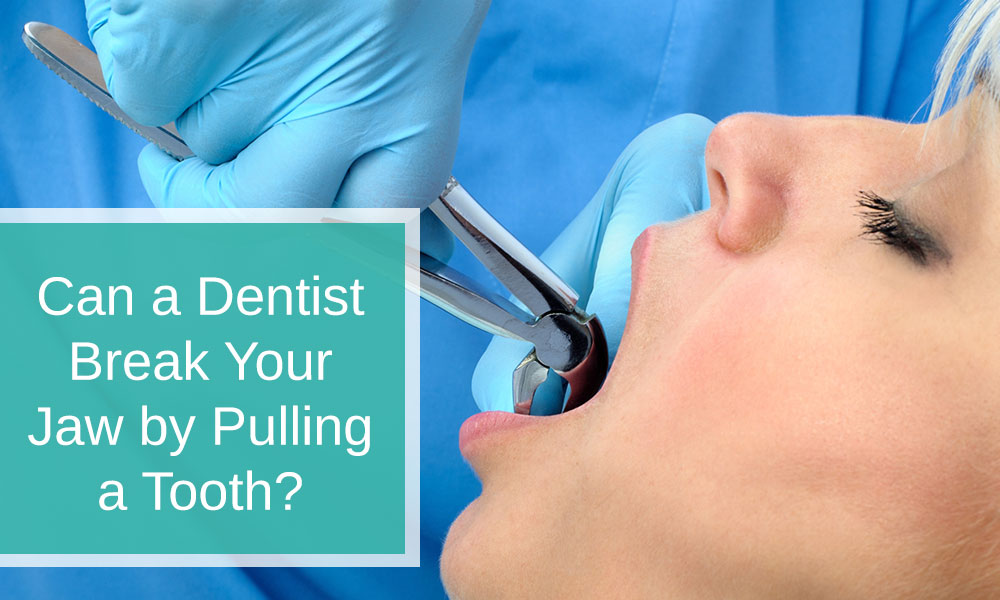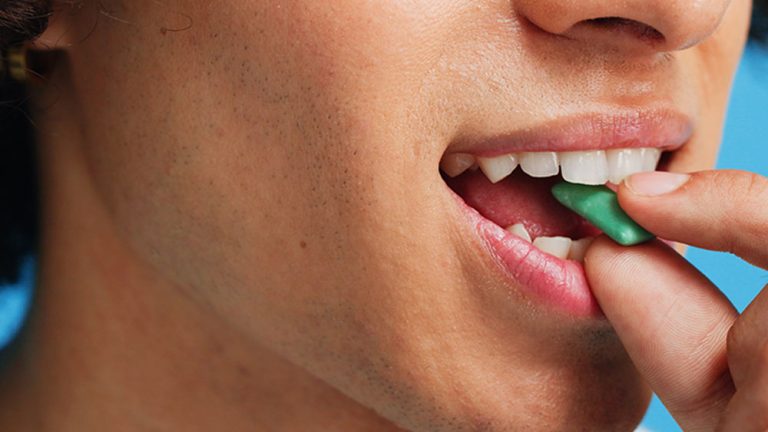
Can a Dentist Break Your Jaw by Pulling a Tooth
Welcome to our comprehensive exploration of a common concern: Can a dentist break your jaw by pulling a tooth? Dental procedures often evoke anxiety, and debunking myths is essential for informed decision-making.
Understanding Tooth Extraction
2.1 The Dental Extraction Process
To understand if a dentist can break your jaw during tooth extraction, let’s delve into the extraction process. Dentists employ meticulous techniques to ensure a safe and efficient extraction. Using forceps and elevators, they carefully loosen the tooth before removal. Contrary to popular belief, the force applied is controlled and targeted, minimizing the risk of jaw injury.
2.2 Why is Tooth Extraction Necessary?
Tooth extraction becomes necessary for various reasons, including severe decay, infection, overcrowding, or impacted wisdom teeth. The goal is to maintain oral health and prevent potential complications. Recognizing the need for extraction is crucial in dispelling fears associated with the procedure.
Myths Surrounding Tooth Extraction
3.1 Can a Dentist Break Your Jaw?
Let’s address the myth: No, dentists do not break jaws while pulling teeth. This misconception likely stems from the sounds and sensations experienced during extraction. Understanding the controlled nature of the procedure helps alleviate fears. Jaw fractures are extremely rare and typically result from underlying conditions, not the extraction itself.
3.2 Dispelling Common Misconceptions
Apart from jaw breakage, various misconceptions surround tooth extraction, such as extreme pain or the belief that it’s always an emergency. Dispelling these myths fosters a more realistic understanding of the procedure.
Factors Influencing Tooth Extraction
4.1 Tooth Impaction
Tooth impaction, where a tooth doesn’t fully emerge, can necessitate extraction. This often occurs with wisdom teeth. The risk of jaw complications increases if impacted teeth are left untreated. Extraction is a preventive measure to avoid potential issues such as infections, cysts, and damage to adjacent teeth.
4.2 Dental Crowding
Dental crowding, a common reason for tooth extraction, may raise concerns about jaw stability. However, careful planning and assessment by the dentist ensure that extractions are performed strategically, preserving the integrity of the jaw structure.
4.3 Bone Spicule
The presence of a bone spicule, a small sliver of bone, is a common occurrence after wisdom tooth extraction. This happens when a fragment of the jawbone remains exposed or protrudes through the gum tissue. While often a normal part of the healing process, a visible or sharp bone spicule can sometimes cause discomfort. Seeking guidance from the oral surgeon or dentist ensures proper management, and in most cases, the spicule will naturally resolve during the healing phase.
Assessing Jaw Breakage Risks
5.1 Importance of a Thorough Examination
A comprehensive examination before extraction is paramount. Dentists assess oral health, bone density, and potential complications. This thorough evaluation significantly reduces the risk of unexpected issues during the procedure, including jaw-related concerns.
5.2 Patient Communication and Informed Consent
Effective communication between dentists and patients is crucial. Discussing the procedure, potential risks, and obtaining informed consent ensures that patients are aware and actively involved in their oral care. Dentists can address concerns and tailor their approach based on individual patient needs.
Advanced Extraction Techniques
6.1 Surgical Extractions
Surgical extractions are employed for more complex cases, such as impacted or broken teeth. While the term may sound daunting, it’s essential to clarify that “surgical” doesn’t imply breaking the jaw. Instead, it refers to additional steps, like incisions or bone removal, to facilitate extraction. Advanced tools and techniques are used to minimize trauma to surrounding tissues and ensure the safety of the jaw.
6.2 Wisdom Teeth Removal
Wisdom teeth, often impacted, may require extraction to prevent various complications. The proximity to the jaw’s nerve and sinus areas can raise concerns. However, specialized techniques, like sectioning the tooth into smaller pieces for easier removal, are utilized. Wisdom teeth extraction aims to safeguard the jaw from potential issues.
Minimizing Risks and Ensuring Safety
7.1 Pre-Extraction Assessments
A crucial step in minimizing risks is the pre-extraction assessment. This involves detailed X-rays, evaluating medical history, and understanding any underlying conditions. By identifying potential challenges beforehand, dentists can tailor their approach, ensuring a safer extraction process with minimal impact on the jaw.
7.2 Follow-Up Care
Post-extraction care is equally vital. Dentists provide guidelines for aftercare, including managing swelling and discomfort. Following these instructions diligently promotes proper healing and reduces the risk of complications, assuring patients of the procedure’s safety.
Patient Experiences and Testimonials
8.1 Real Stories from Patients
Real stories from patients who have undergone tooth extraction offer valuable insights. While experiences vary, the consensus is often that the procedure is less daunting than anticipated. Patients frequently highlight the importance of choosing a skilled and communicative dentist. These firsthand accounts can help alleviate apprehensions by providing a realistic perspective on the process.
8.2 Addressing Anxiety and Apprehension
Anxiety and apprehension are common emotions associated with dental procedures. Dentists employ various strategies to address these concerns, including open communication, explaining the steps involved, and offering sedation options if necessary. Understanding that dental professionals prioritize patient comfort helps in mitigating anxiety surrounding tooth extraction.
FAQs about Jaw Breakage and Tooth Extraction
9.1 Is Jaw Breakage a Common Risk?
Jaw breakage during tooth extraction is an extremely rare occurrence. The meticulous techniques employed by dentists, advanced tools, and pre-extraction assessments significantly minimize this risk. It’s crucial to understand that dental professionals prioritize patient safety, and jaw fractures are not a common outcome of routine extractions.
9.2 How Can Patients Mitigate Risks?
Patients can actively participate in minimizing risks by communicating openly with their dentists. Providing a comprehensive medical history, discussing concerns, and following post-extraction care instructions are essential steps. Trusting the expertise of the dental team and maintaining good oral hygiene contribute to a smoother and safer extraction experience.
Key Takeaways
The myth of a dentist breaking your jaw by pulling a tooth is just that—a myth. Dental professionals undergo extensive training to perform extractions safely and efficiently. The intricate processes, advanced techniques, and thorough assessments minimize risks associated with jaw complications. Patients should approach tooth extraction with confidence, understanding that the procedure is focused on preserving oral health.



